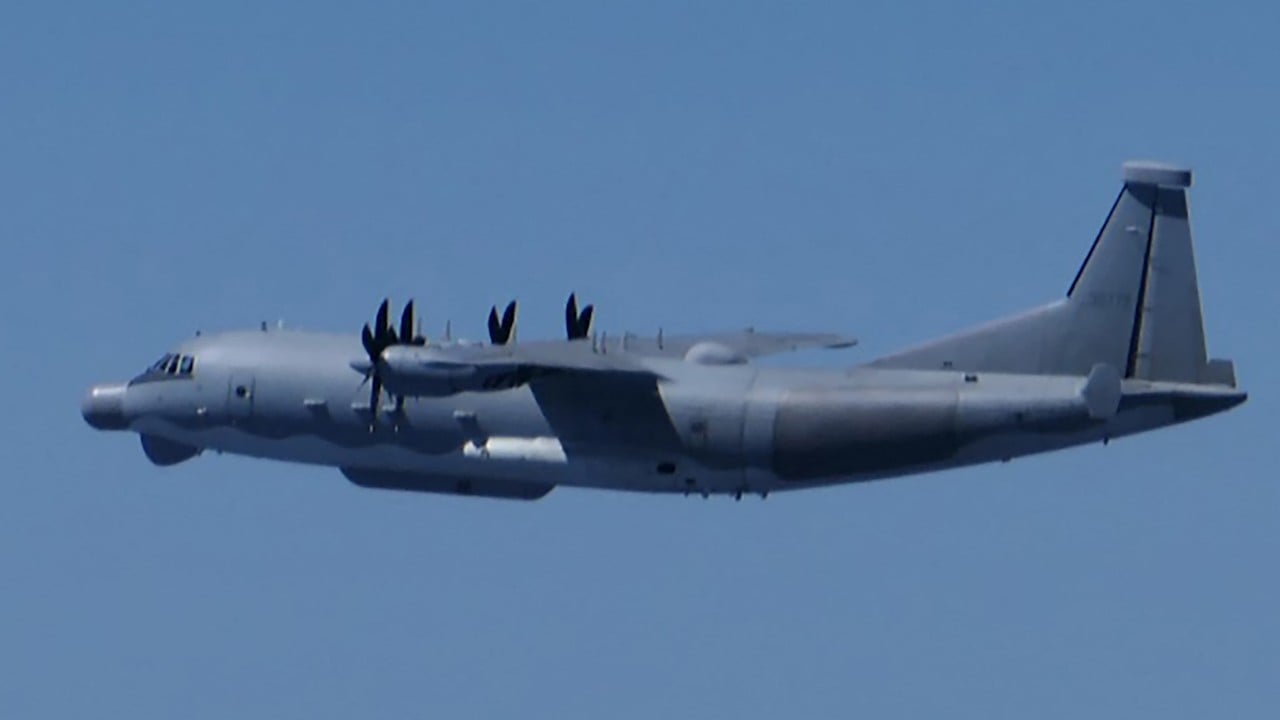Was incursion of Japan airspace a ‘message’ from China over US moves in Indo-Pacific region?
Some experts believe the act is a strategically calculated move to weaken US alliances in the region and a test of Japan’s military responses

A brief incursion by a Chinese reconnaissance aircraft into Japanese airspace has sparked concerned debate among analysts, who believe the act was a strategically calculated move despite protestations from Beijing that it was not intentional.
Some experts said the incursion carried an implicit threat to Tokyo ahead of the election next month of a new leader of the ruling Liberal Democratic Party and the nation, or a warning to European members of Nato to dial back their increased activities in the Indo-Pacific region.
“China is troubled by the US’ relationships and activities in the region, such as ‘freedom of navigation’ passages in waters off the islands in the South China Sea that Beijing now occupies, sending warships through the Taiwan Strait, the deepening security alliance with the Philippines, the close US-Japan security alliance and others,” Stephen Nagy, a professor of international relations at Tokyo’s International Christian University, told This Week in Asia.
“Something like this looks to me like a tit-for-tat action designed to send the message that if the US continues, then China can create challenges for the US and force them to rethink where they need to deploy their limited forces.
“Beijing is saying that if the US tries to get involved in its core interests, then they can and will cause headaches for Washington and its allies,” Nagy said.
Some believe the Y-9 military aircraft entered Japanese airspace over the Danjo Islands, part of Nagasaki prefecture, for around two minutes on Monday morning to conduct a surveillance mission linked to large US and Japanese naval facilities in nearby Sasebo, as well as to test the ability of Japan’s military to detect the aircraft’s presence and then the amount of time it took for fighter jets to scramble and intercept it.

